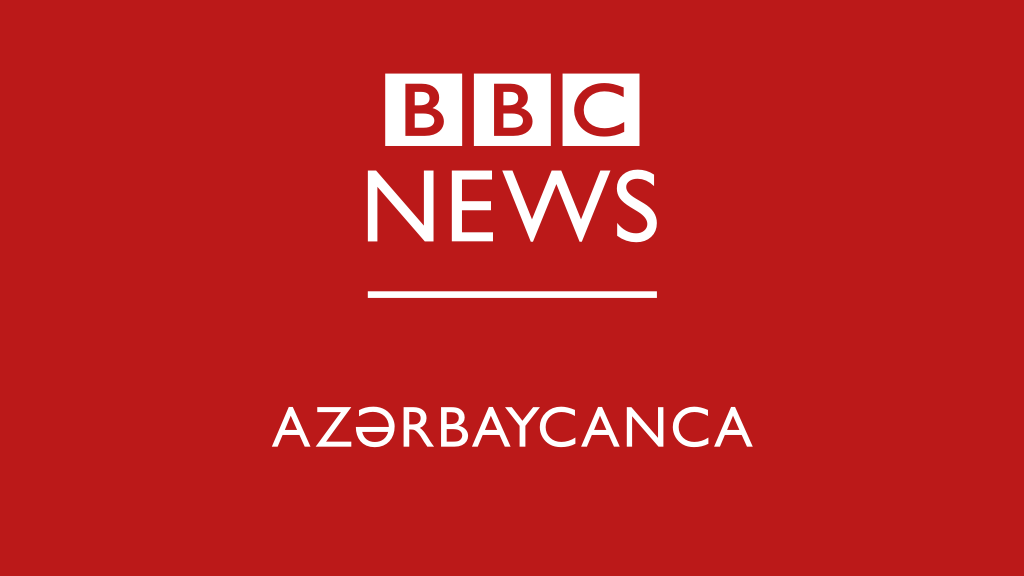Strabo: Geography Book XVI Chapter 1, section 13 page 215
Now the Tigris receives from the southernmost parts of Armenia, which are near Babylonia, the water of the melted snows, which is not much, since it comes from the southern side, and this river would therefore be flooded less than the Euphrates; but the Euphrates receives the water from both parts, and not merely from one mountain, but from many, as I made clear in my description of Armenia, where I added the length of that river, giving first the length of its course in Greater Armenia and Lesser Armenia, and secondly its length from Lesser Armenia and Cappadocia through the Taurus as far as Thapsacus, where it forms the boundary between Lower Syria and Mesopotamia, and, thirdly, the rest of its length as far as Babylon and the outlet, a length, all told, of thirty-six thousand stadia. So much, then, for the canals.
The country of the Babylonians is surrounded on the east by the Susians and Elymaeans and Paraetacenians, and on the south by the Persian Gulf and the Chaldaeans as far as the Mesenian Arabians, and on the west by the Arabians called Scenitae, as far as Adiabenê and Gordyaea, and on the north by the Armenians and the Medes as far as the Zagrus and the tribes about that river.
In the 2nd-1st centuries BC, the area of Artsakh was a part of the Armenian Kingdom. Strabo mentions Orhistene as one of three Armenian provinces in his "Geography" (the other two being Phavneni and Kombiseni.) Armenia, according to him, had originally been "a small country" on the sources of the Tigris and Euphrates rivers, but was expanded by the kings Artaxias (Artashes) and Zariadres {Zareh) (2nd century BC)(Strabo XI, 14, 5).


Leave a comment: